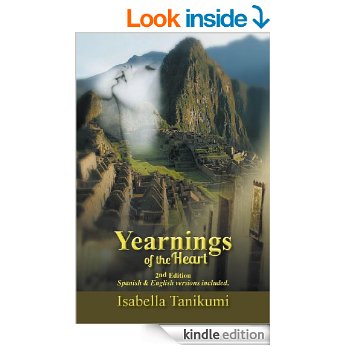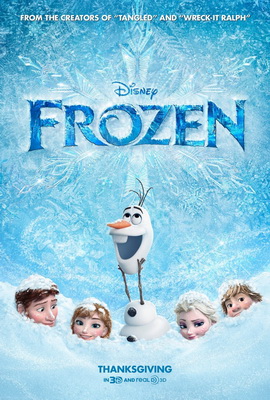Breaking these elements down a little bit more, what exactly is original? Original doesn’t mean never before written about or that the underlying story in the copyrighted work is even that creative. After all, the standard for creativity isn’t really all that high. Don’t ask me about how much creativity one actually needs. I can only say for sure that the Supreme Court hasn’t set the bar very high here and seems to think that rote recitation of factual points or data (such as in the Yellow Pages, for example) is not sufficiently creative. For fictional and non-fictional works, meeting the requirement of creativity really isn’t that hard because both types of writing involve either the creation of a plot and characters by the author or a compilation of facts combined with commentary. So assuming that Tanikumi didn’t herself just copy her story from someone else, her copyright in her autobiography should be recognized.
The next hurdle to clear for Tanikumi is showing that Disney copied elements of her work. The copied elements cannot simply be common or factual elements because those are uncopyrightable. And the accused copier doesn’t even have to be directly copying the work; mere “access” (i.e. knowledge of the work) and substantial similarity between the copied work and the accused’s work is sufficient. As you might have guessed, “substantial similarity” is a legal term of art which basically consists of an analysis conducted by the judge. It has two parts: an extrinsic and intrinsic. “Extrinsic” basically references the objective similarities between a copyrighted work and the accused infringing work. “Intrinsic” is what an ordinary person thinks of the work. The extrinsic part requires a judge to look at whether there are similarities between the plot, themes, dialogue, mood, setting, pace, characters, and sequence of events. The thing to be analyzed is not the plot itself but the actual elements that make up to whole sequence of the book (including the characters and how they interact with each other and the plot).
As you might imagine, books cover a lot of overlapping territory (just like movie titles, it turns out that human intelligence really is finite). Take the following common elements, for example:
Perhaps you’ve heard of the one about a character that is immensely rich, but who is unhappy or has a vice that turns out to be his downfall, despite their great riches or laundry list of desirable traits? (The Great Gatsby, Emma, A Street Car Named Desire)
Or maybe you’ve heard of a character that is ostensibly human but embodies several super-human characteristics, and has a big heart to help the weak and vulnerable? (Batman and Spiderman)
Reading audiences like certain types of characters and plot lines precisely because the reader can either identify with the story or because the story is a romanticization of real-life sequences that adds flare or zest. Other types of plot lines and characters may be necessary to convey particular messages. If there are limited ways to convey certain ideas or a particular idea is so common across multiple works, why should one writer out of a thousand be given the exclusive rights to a plot or character type for 100 years? Well, they shouldn’t. After all, copyright law extends only to works of creative expression. And that’s exactly why there are limits to the scope of copyright. One of these limits (the so-called “scenes a faire” doctrine, to capture the concept of common themes that run across multiple books) could probably be applied in the case of Tanikumi’s claim because her story seems to incorporate a lot of standard themes that many other authors have included in their works.
I’ll break down this concept and have more ruminations on the battle over Frozen in Part II of Frozen in Time (sounds kind of soap-operaish, doesn’t it?)




 RSS Feed
RSS Feed